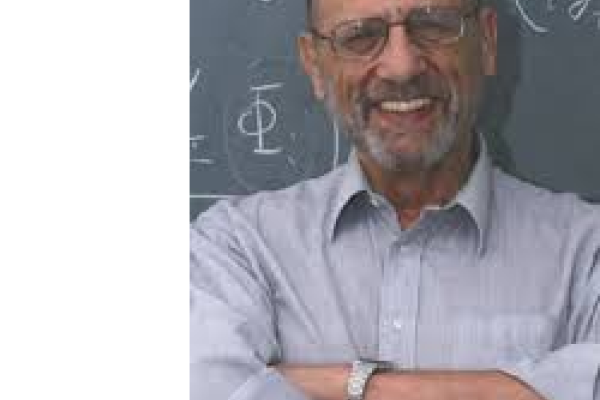
RETHINKING LASER-INDUCED IONIZATION
H. R. Reiss
Max Born Institute, Berlin, Germany
American University, Washington DC, USA
reiss@american.edu
The dominant current methods of calculating laser-induced ionization rely on the dipole approximation. Physically, this means that the laser field is being treated as if it were a longitudinal field, where oscillations with time are possible, but not propagation. Actual laser fields are transverse, meaning that they can propagate. Longitudinal and transverse fields are fundamentally different electromagnetic phenomena. Although there is an approximate connection between the effects of longitudinal and transverse fields in a useful range of frequencies, that equivalence fails completely as the frequency declines, because of the rapidly increasing importance of magnetic field effects such as radiation pressure. This talk will focus on those qualitative views commonly accepted in the community that are of limited applicability or are simply incorrect, but are widely viewed as basic. These misconceptions arise from accepting qualitative properties of longitudinal fields in place of those pertaining to actual laser fields. Examples include the serious misconception that laser fields have a zero-frequency limit, and that this limit is a constant electric field; that quantum tunneling is the basic mechanism for ionization; that the Keldysh parameter ɣ K is an “adiabaticity” parameter that points to the constant-field limit, whereas adiabaticity is a purely longitudinal field concept, and the “tunneling limit” (ɣ K —>0) actually marks the complete failure of the tunneling concept. Some of these problems arise from the fact that longitudinal fields satisfy different Maxwell equations than those that govern laser fields. One of the most ubiquitous misconceptions is associated with the notion of “rescattering” as it applies, for example, to an understanding of the low-energy structure (LES). That process is examined.
